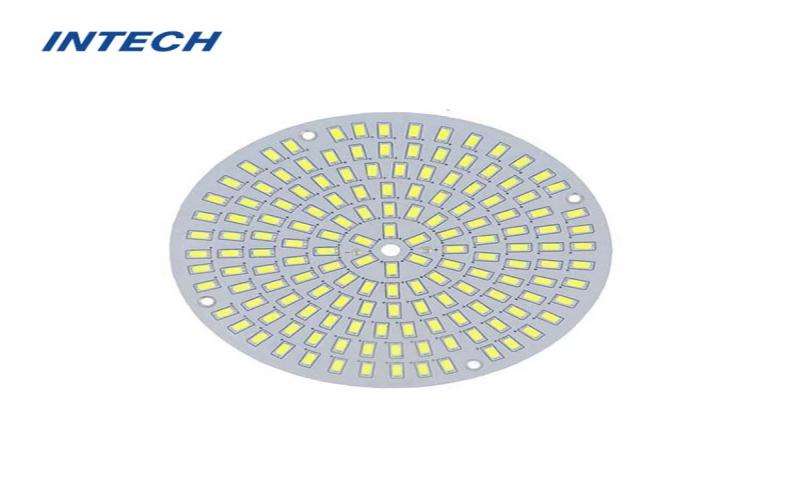4 special electroplating methods in circuit board electroplating
Date:2023-06-13 13:51:28
It is often necessary to plate rare metals on board edge connectors, board edge protruding contacts or gold fingers to provide lower contact resistance and higher wear resistance. This technology is called finger row plating or protrusion plating. Gold is often plated on the protruding contacts of board edge connectors whose inner layer is nickel, and the gold finger or the protruding part of the board edge adopts manual or automatic electroplating technology. At present, the gold plating on the contact plug or gold finger has been plated and lead , Plated buttons instead. Its process is as follows:
1) Strip coating to remove tin or tin-lead coating on protruding contacts
2) Rinse with washing water
3) Scrub with abrasive scrub
4) Activated by immersion in 10% sulfuric acid
5) The thickness of nickel plating on the protruding contacts is 4-5μm
6) Rinse with demineralized water
7) Gold infiltration solution treatment
8) Gold plating
9) Cleaning
10) Drying
The second type, through-hole plating
There are many ways to establish a layer of acceptable plating on the wall of the substrate drilled hole. This is called hole wall activation in industrial applications. The commercial production process of printed circuits requires multiple intermediate tanks, each tank Tanks have their own control and maintenance requirements. Through-hole plating is a necessary follow-up process to the drilling process. When the drill bit drills through the copper foil and the underlying substrate, the heat generated melts the insulating synthetic resin that makes up the matrix of most substrates. The melted resin and other drilling debris Build up around the holes, coating the newly exposed hole walls in the copper foil, which is in fact detrimental to the subsequent plated surface. The molten resin also leaves behind a layer of heat shafts on the substrate pore walls, which exhibit poor adhesion to most activators, requiring the development of a class of techniques such as stain removal and etch-back chemistries.
A method more suitable for prototyping printed circuit boards is to use a specially designed low-viscosity ink to form a high-adhesion, high-conductivity film on the inside wall of each via. This eliminates the need for multiple chemical treatments, requiring only one application step followed by heat curing.

The third type, reel-linked selective plating
The pins and pins of electronic components, such as connectors, integrated circuits, transistors and flexible printed circuits, are selectively plated to obtain good contact resistance and corrosion resistance. This electroplating method can be manual or automatic. It is very expensive to selectively plate each pin individually, so batch welding must be used. Usually, the ends of the metal foil rolled to the desired thickness are punched, cleaned by chemical or mechanical methods, and then selectively made of nickel, gold, silver, rhodium, button or tin-nickel alloys, copper-nickel alloys, etc. , nickel-lead alloys, etc. for continuous electroplating. In the electroplating method of selective plating, a layer of resist film is first coated on the part of the metal copper foil board that does not need to be electroplated, and only the selected copper foil part is electroplated.
The fourth type, brush plating
Another method of selective plating is called "brush plating". It is an electrodeposition technique in which not all parts are submerged in the electrolyte during the plating process. In this plating technique, only a limited area is plated without any effect on the rest. Typically, rare metals are plated on selected portions of the printed circuit board, such as areas such as board edge connectors. Brush plating is used more often in electronic assembly shops to repair discarded circuit boards. A special anode (chemically inert anode, such as graphite) is wrapped in an absorbent material (cotton swab) and used to bring the electroplating solution to the place where it needs to be electroplated.
